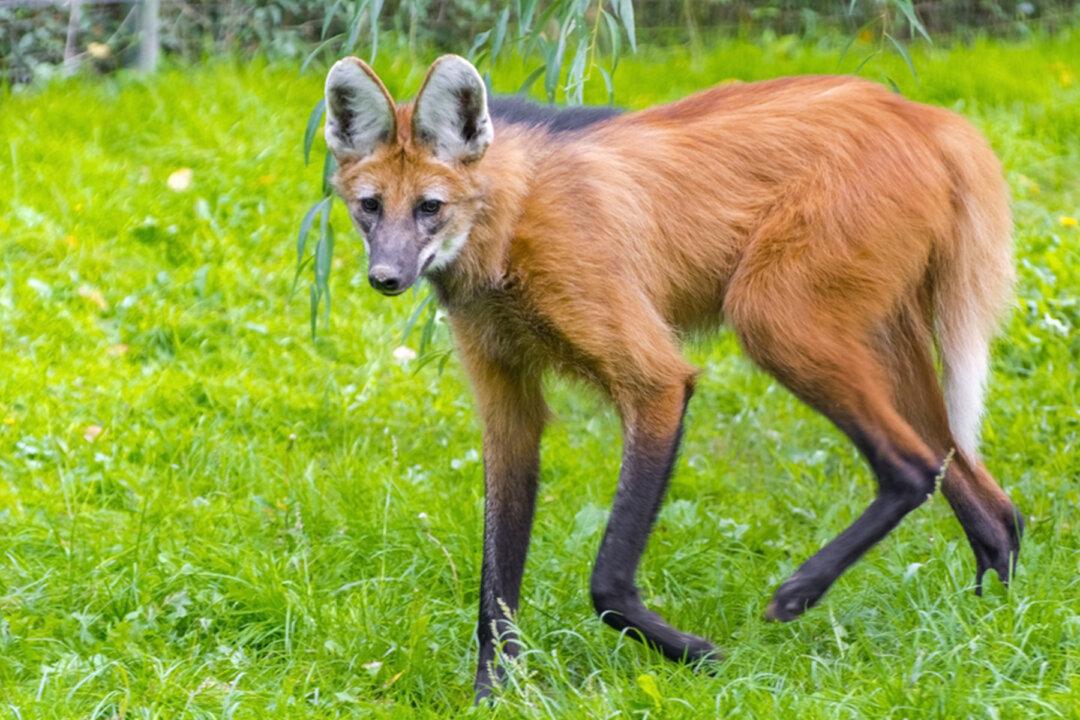A long-legged animal that barks like a dog, has the face of a fox, and moves like a deer has the world scratching its head.
The unlikely maned wolf, however, is no weird hybrid mashup, though. It is a rare species native to South America that is utterly unique, according to a 2015 video by Animal Logic.






